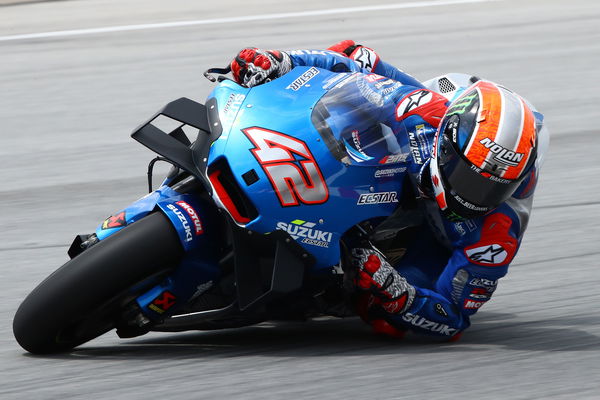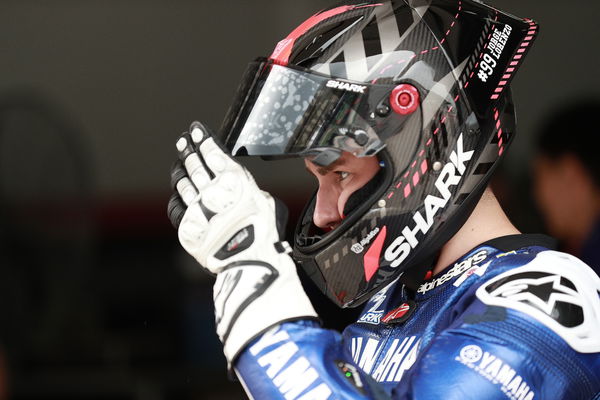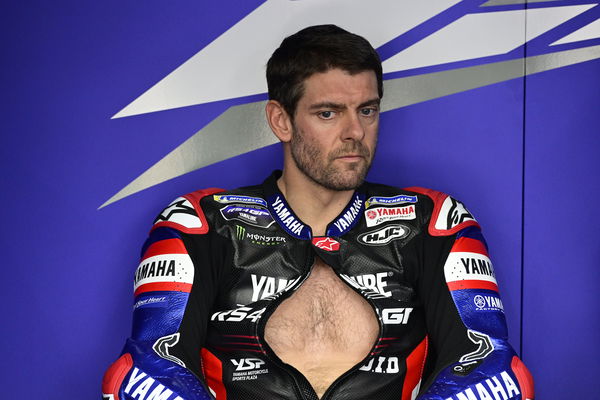Four teams could start 2020 MotoGP season with ‘holeshot’ device
Suzuki and Yamaha are set to join Ducati and Aprilia in using a holeshot device during the 2020 MotoGP World Championship season

When Andrea Dovizioso flicked a mystery switch on the run down to the grid during the 2019 MotoGP opener in Qatar, the internet was awash with theories as to what he could have been doing.
As ever, learned fans quickly twigged onto Ducati’s latest bit of nifty technology as being a system to help its riders get off the line more cleanly, or as it has become known the ‘holeshot device’.
Though not an entirely new idea in motorcycle racing terms, Ducati has refined and optimised the technology to an extent that it could be joined by three more manufacturers – Yamaha, Suzuki and Aprilia - in running a similar platform in Qatar this year.
As it turns out, Ducati had secretly introduced the device during the closing stages of the 2018 season, but it was only spotted during pre-season and then again at the Qatar opener.
The system works by locking and lowering the rear suspension before the getaway. It then remains in position until the rider engages the brake heading into the first corner. The idea is that it prevents the bike from lifting into a wheelie, allowing it to generate more grip from both tyres and firing off the line more cleanly.
Rivals have quickly cottoned on to its potential with Aprilia introducing a similar system later in the 2019 season and seeing an immediate improvement, with Aleix Espargaro scything from 18th to 11th on the opening lap of the Czech Republic MotoGP in part thanks to the device.

Yamaha and Suzuki test holeshot device
Now Yamaha and Suzuki have both trialled their own systems during pre-season testing with a view to having them ready for the Qatari opener.
“Suzuki is working on this, if not at the Qatar test I think [it will be ready for] the Qatar race. They are developing,” Rins revealed.
If anything, the device will have a particularly useful purpose for Yamaha, which often occupies the front two rows on the grid after qualifying. However, Maverick Vinales says it needs improving before it can be raced.
“It's not too bad but unfortunately we need to work before we can use. I'm short. I'm not tall. So at least I can hold on to the bike better! Before, I was very afraid. Now I can hold on to the bike better. That was good!"
Interestingly, Rins has speculated that Ducati is able to use the benefits of the holeshot system in a race too, saying he has seen the GP19’s suspension lowering on the straights, giving it an aerodynamic advantage. This isn’t against the rules, however.
“Already last year we saw a little bit something on the straight for the Ducati, that the rear part was going down… Let's see, we need to innovate!"
It isn’t clear whether Aprilia has retained the device for its brand-new RS-GP but given its benefits in 2019, it would seem likely.
The holeshot device does have its drawbacks though as Jack Miller discovered at Silverstone when he didn’t generate enough braking force on the run to the fast turn one right-hander, meaning it didn’t disengage. As a result, he doesn’t use it at every venue now.
“My start was good, but I couldn’t get my holeshot device back up," Miller said afterwards. "Generally, at places like this I don’t use it. It depends [on the track]. At Phillip Island we can’t use it.
Honda and KTM meanwhile risk being left behind – both at the start and in terms of the development race – without their own versions, though Marc Marquez is at least known for his lightning quick reflexes from the lights.
Honda says it has used a similar system on Alvaro Bautista’s Gresini Honda in 2012-2014 but it wasn’t so effective.











